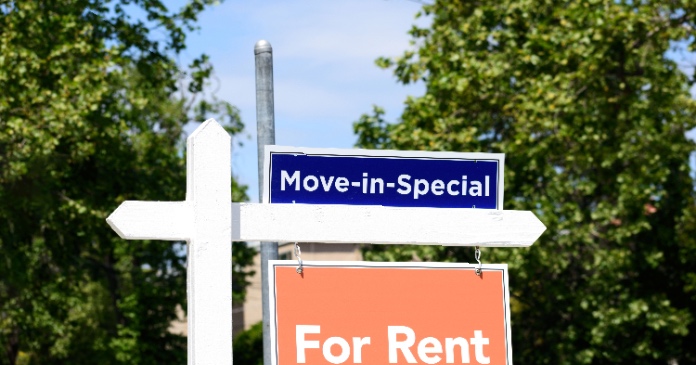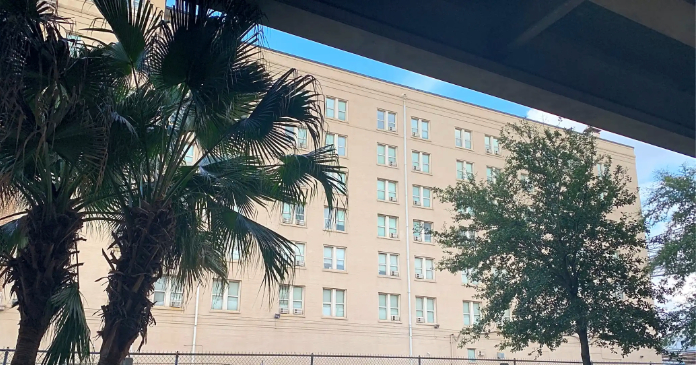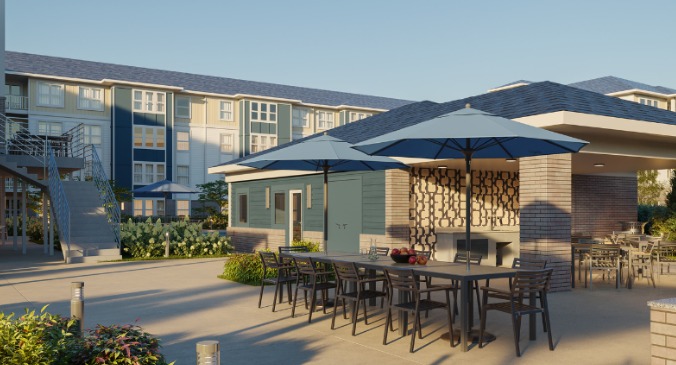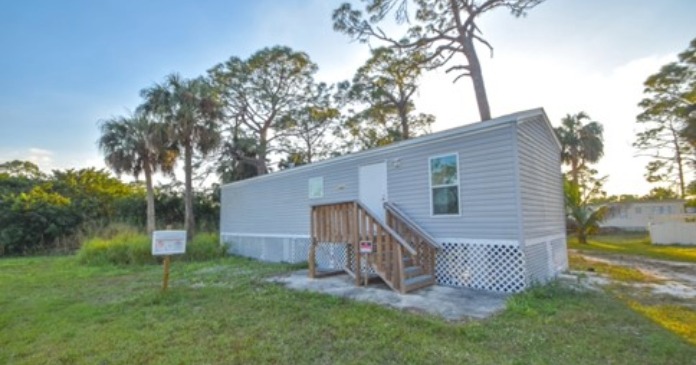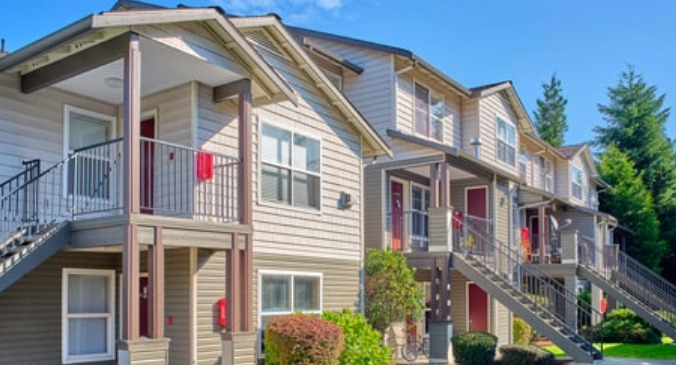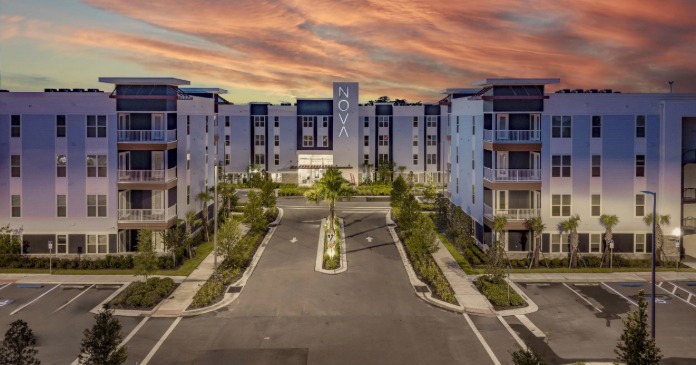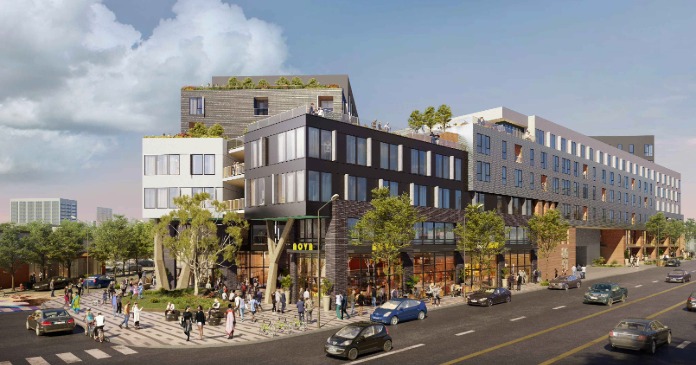A recent report from CBRE says that both commercial mortgage investment volume and momentum rose in Q1. Volume grew to $88 billion, while momentum rose 13 percent compared to their year-earlier levels.
Dividing the market
CBRE does not separate out lending on multifamily property from lending on other types of commercial property. Rather, CBRE includes multifamily lending with that on other commercial property when considering non-governmental lenders and then considers multifamily lending by the government sponsored entities (GSEs) Fannie Mae and Freddie Mac separately. However, CBRE does report separately on certain metrics such as loan to value (LTV) ratios or interest rate spreads when there are significant differences in those metrics between multifamily loans and loans on other commercial property.
Multifamily leads investment
Multifamily continued to be the property type attracting the most investment, attracting $28.8 billion in Q1, 32.6 percent of the total. In addition, the 33.2 percent year-over-year growth in multifamily investment volume was the highest rate for any of the leading property types. Within multifamily, $24.5 billion in single asset investments were made in Q1, representing 36.3 percent of all single-asset investments.
Multifamily attracted $800 million in inbound cross border investment in Q1, 19 percent of the total. Industrial attracted the largest chare of cross border investment.
CBRE reported on the metro areas that saw the greatest increases in multifamily investment. However, it ranked the metros by the growth in percentage terms rather than by the growth in dollar terms. Because a few large investments in small metros, such as Boulder (527 percent growth), can drive the percentage growth figure higher, small metros are prominent on the list. However, some large metros such as Washington D.C. (106 percent growth) and the San Francisco Bay area (101 percent growth) also made the list.
Banks lead non-GSE lending
Banks’ share of non-GSE commercial/multifamily loan closings was 34 percent in Q1. This was up significantly from their 22 percent share in Q1 2024. CMBS had the largest year-over-year increase in their share of lending, rising from only 9 percent a year ago to 26 percent in Q1 2025. Life companies kept their share of lending unchanged at 21 percent. Alternative lenders took a big step back, reducing their share of lending from 48 percent in Q1 2024 to only 19 percent in Q1 2025.
Changing terms
When looking at loans with 7 to 10 year terms and loan to value ratios of 55 percent to 65 percent, CBRE found that spreads on multifamily loans fell 7 basis points (bps) quarter-over-quarter in Q1 to 149 bps. This was the tightest spread in 3 years. Spreads on loans on other commercial property fell 1 bps in the quarter to 183 bps.
CBRE said that the average interest rate for new commercial mortgages in Q1 was 6.1 percent. However, they showed a distribution of rates at which loans closed, which showed a large variation in rates. In general, larger (>$10 million) loans closed at lower interest rates than did smaller loans, with 70 percent of large loans closing at rates between 5 and 6 percent. About 49 percent of smaller loans carried interest rates between 5.5 and 6.5 percent with 33 percent of loans carrying interest rates above 6.5 percent.
The portion of loans that were fully interest-only rose to 41.4 percent from 34.2 percent one year earlier. The average cap rate rose to 6.1 percent from 5.9 percent in Q4 and from 6.0 percent in Q1 2024. The debt service coverage ratio rose to 1.37 from 1.34 one year earlier, while the multifamily loan to value ratio fell to 64.5 from 65.9.
GSE loan volume falls
Multifamily mortgage originations generally follow a pattern of rising volume through the year with a drop from Q4 of one year to Q1 of the next. That pattern was seen in CBRE’s data with volume of loans originated by the GSEs falling by 58 percent in Q1 from Q4 of the year before. However, volume rose 15 percent year-over-year to a level of $22 billion. Interest rates on permanent loans with 7 to 10 year terms rose to 5.8 percent in Q1. This was up 40 bps from Q4 and up 14 bps from one year earlier.
The CBRE lending momentum index is based on loans originated or brokered by CBRE Capital Markets. The full report is available here.





